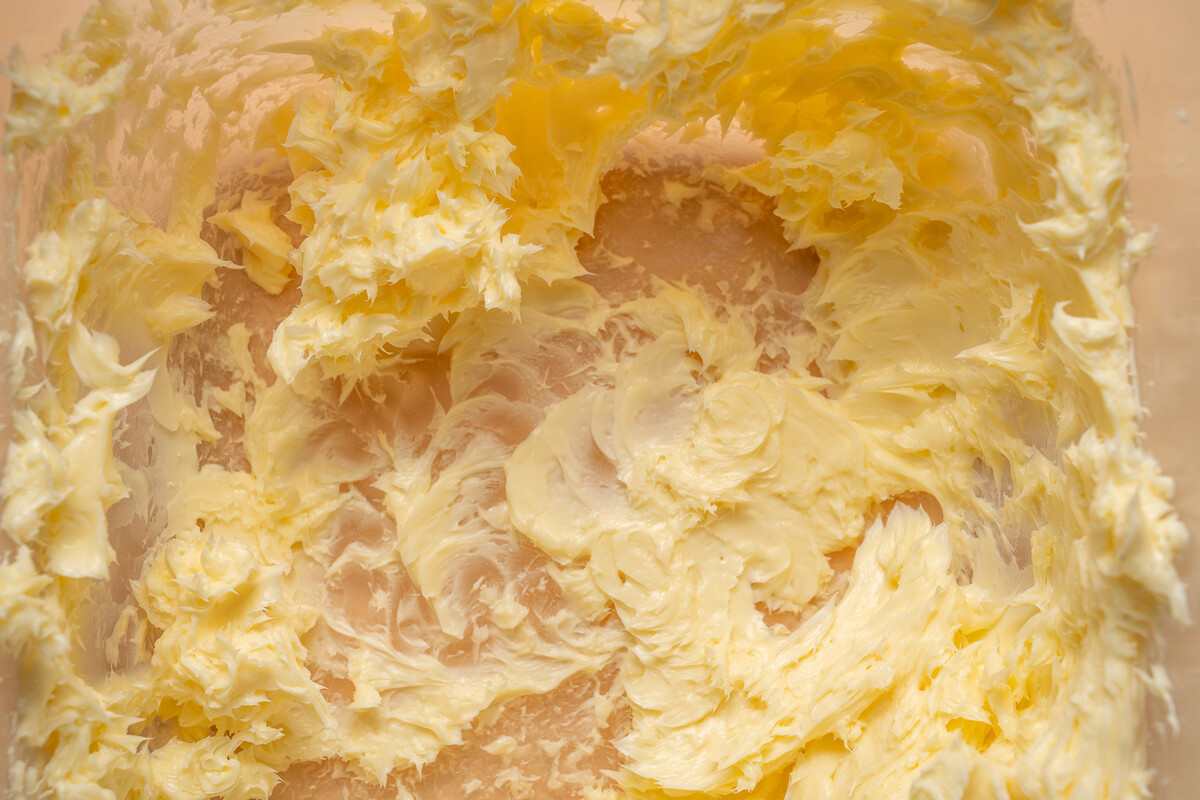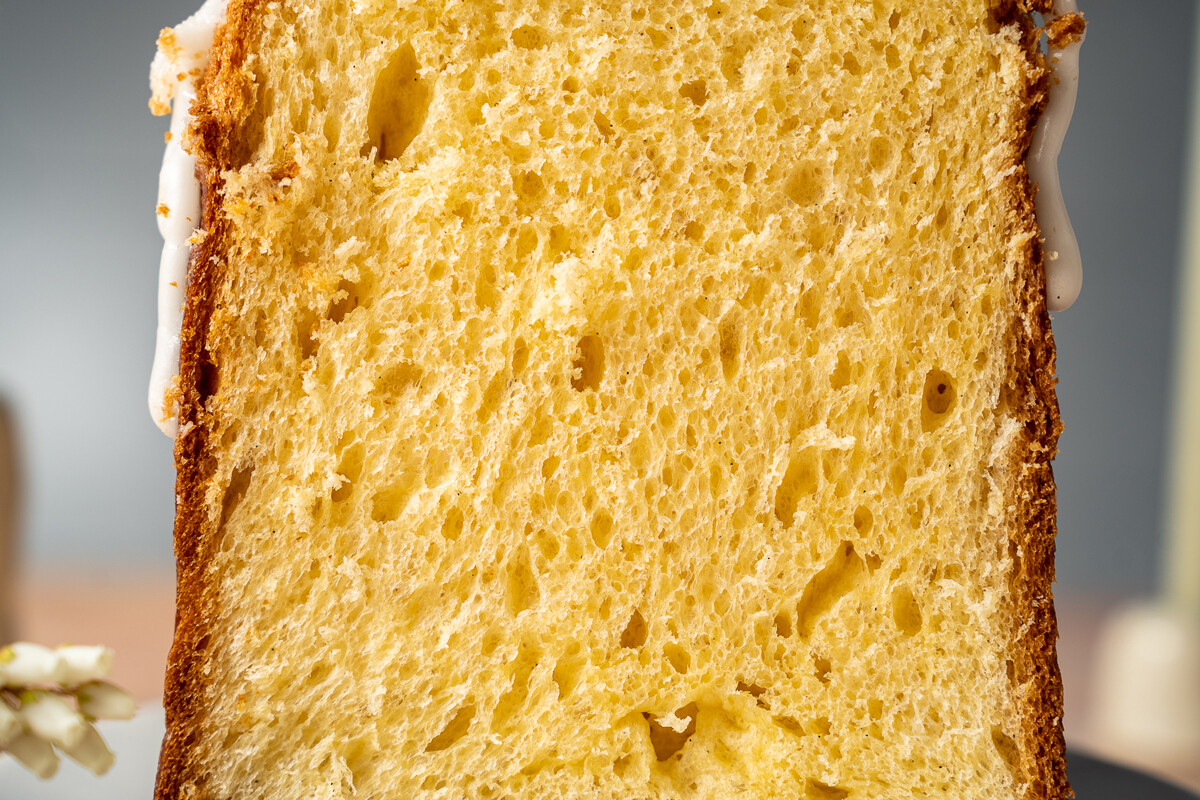
This tried-and-true recipe is perfect for baking an airy kulich called “Lace Baba”, or if you add rum - small “rum babas”.
Yulia MulinoThe pastry called “baba” or “babka” came to Russia from Poland and became popular in the northwestern part of the country. Unlike traditional Russian sweet and dense kulich with lots of raisins, babka is a light and porous holiday bread. To make the dough rise better, no filling was used. Baba turns out tall. In the olden days they used to bake it and say: Take out the babka - the oven will break.
The most famous baking recipe for this Easter bread in Russia was printed about a hundred years ago in a book written by Pelageya Aleksandrova-Ignatyeva. As a culinary instructor, she not only gives the recipe but also describes in detail the process of making this kulich. That’s why it’s still popular among housewives.
For example, Pelageya points out that the dough should be kneaded for a long time, the yolks whipped to a white foam, baked in a Russian village oven because it gives even heat, and cooled gently on a soft cushion so the baba does not crumple. Over time, not all of the advice has remained valid, for example, modern ovens automatically distribute heat evenly.
Because of the large amount of yolks, the baba turns out very airy. That's why the book calls it "lace baba". Indeed, the dough rises 4 times, and the kulich turns out very light and porous. Unlike traditional kulichi, “Lace baba” contains less butter and sugar.
For those who like sweets, this recipe also comes in handy, and not just for Easter.
The fact is that cooked in small forms, these kulichi are perfect for soaking in syrup. With the suggested amount of dough, I baked one kulich and 6 rum babas that are guaranteed to please everyone in the family.

Dough:
Icing:
Frosting:
Syrup:
1. Dissolve the yeast in cream.

2. Take some of the flour and mix with the cream. The recipe recommends using half of the flour. My sourdough turned out a little steep, so I suggest using a little less than half.
Stir the mixture until smooth, cover and leave to rise in a warm place for 2-3 hours.

3. Whisk the yolks with the powdered sugar and salt until a fluffy white froth forms. Add the flavoring. I used vanilla bean seeds.

4. Whisk in the soft butter until white.

5. After 2-3 hours the batter should bubble up nicely.

6. Transfer it to the mixer bowl and start kneading, adding the yolks and remaining flour one at a time. Knead for 10-15 minutes until the dough no longer sticks to the sides of the bowl.

7. Add the butter and knead the dough for another 5-10 minutes.

8. Form the dough into a ball, cover and leave to rise for 2 hours at room temperature.

9. Wait 2 hours.

10. Knead the dough. Divide into two portions - for two 10 cm forms. Or like me, for one kulich and 6 rum babas. Line the bottom of the mold with baking paper. I didn't grease the sides of the baking mold.

Grease the rum baba molds with vegetable oil. Form the dough into balls and place them in the molds.

11. Allow to rise in a draft-free place. I put it in an oven that was already off and cool.
The batter should rise to about twice its original size. I carefully take the forms out of the oven and preheat it to 190℃.

12. Brush the tops with a mixture of milk and sugar.

13. Place in the oven. Reduce the temperature to 180℃. Take out your little future rum loaves after about 10-15 minutes.

14. My kulich only baked for about 35 minutes. Check the readiness with a skewer.

15. Place the kulichi and rum loaves either on a towel-lined cushion or like mine, on a rack. Flip regularly.


16. Decorate the top of the kulich with icing.

17. It turns out very fluffy. I had a hard time cutting a thin piece without breaking the kulich.

18. I cooled my future rum babas completely. Some people suggest soaking them in syrup while they’re still hot, but I did it with the cooled ones. For the syrup, I mixed water, sugar, orange peel and vanilla and put it on the fire. After boiling, I held it for 3 minutes. I let it cool a bit.

19. Add rum.

20. Soak the babas in warm but not hot syrup. Let it sit.

21. For lovers of light, unsweetened baked goods, enjoy “Lace baba” kulich.

22. For those with a sweet tooth, go with a rum baba.

Dear readers,
Our website and social media accounts are under threat of being restricted or banned, due to the current circumstances. So, to keep up with our latest content, simply do the following:
Subscribe to our Telegram channels: Russia Beyond and The Russian Kitchen
Subscribe to our weekly email newsletter
Enable push notifications on our website
Install a VPN service on your computer and/or phone to have access to our website, even if it is blocked in your country
If using any of Russia Beyond's content, partly or in full, always provide an active hyperlink to the original material.
Subscribe
to our newsletter!
Get the week's best stories straight to your inbox